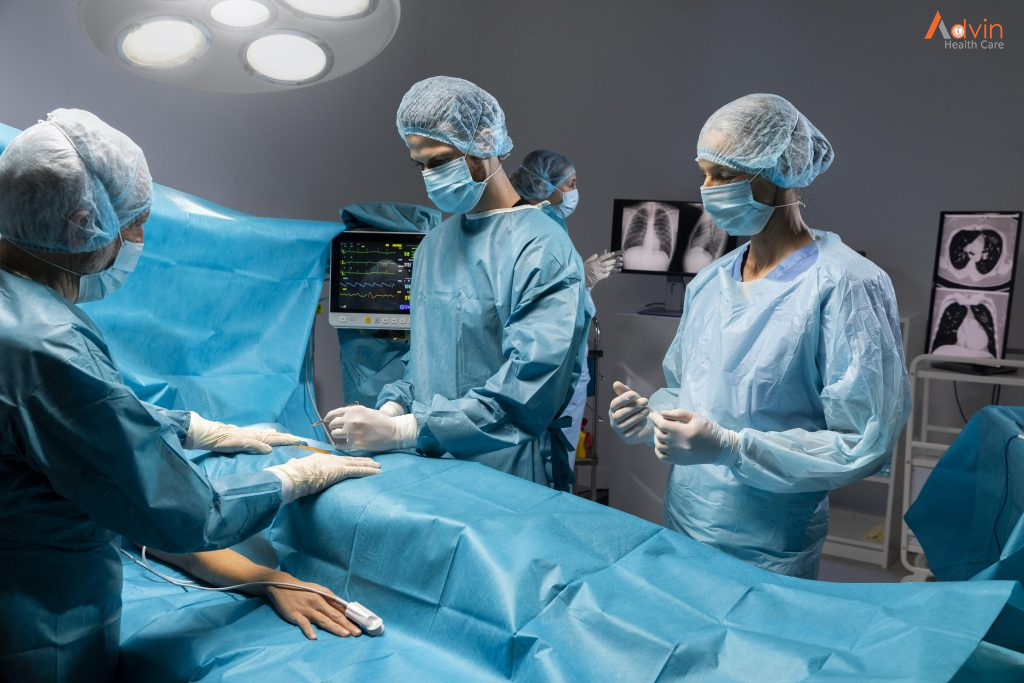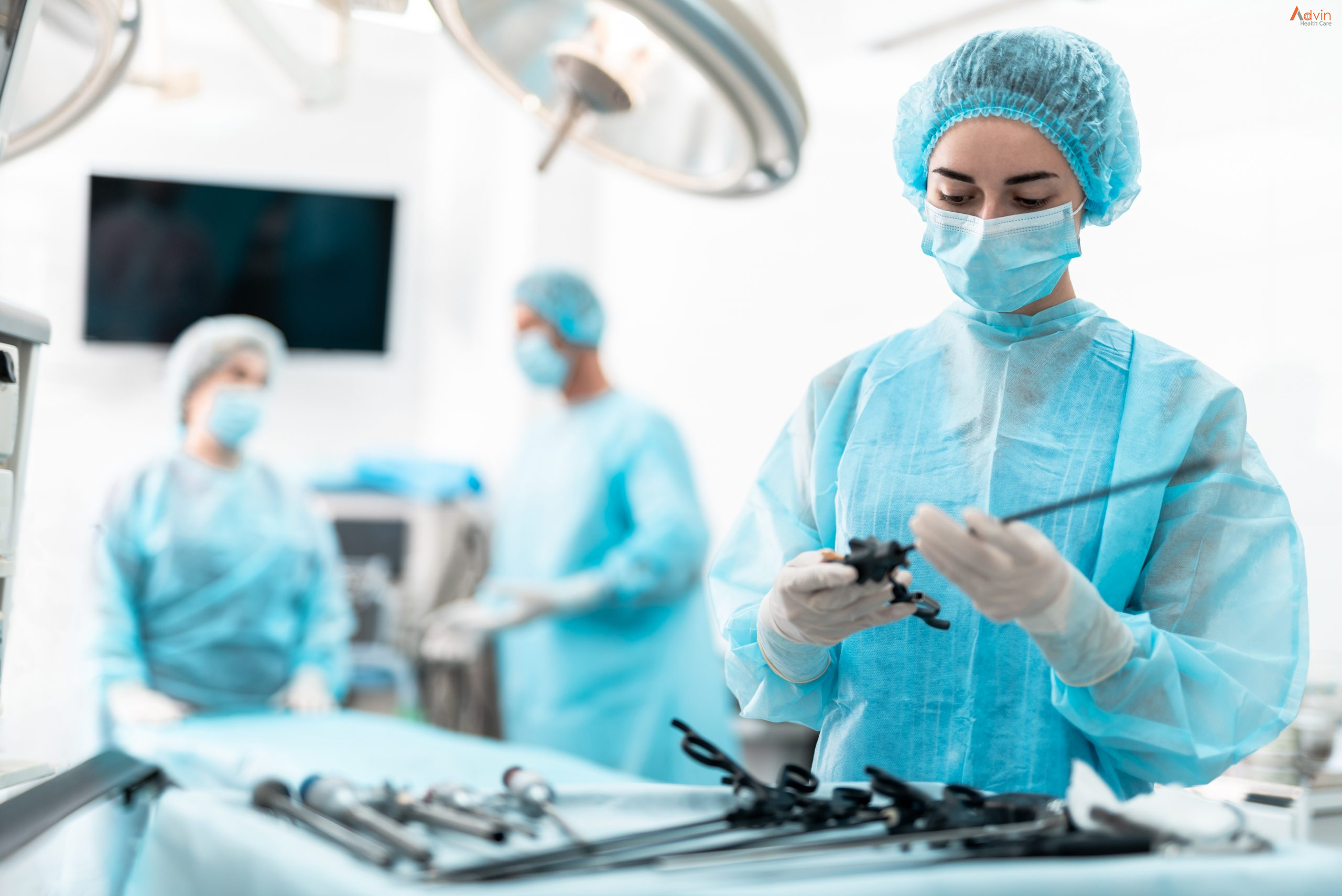Laparoscopic Surgery
Laparoscopy is just one of the many new and innovative approaches in a new era of surgery encompassing minimal intervention. Simply put, many complicated problems required large incisions to gain access to a very focal area. Minimally invasive surgery gains access to that same area without a large incision. Laparoscopic surgery refers to procedures in minimally invasive surgery isolated to the abdomen.
Early experience in laparoscopy was gained by gynecologists performing tubal ligation by looking through a small telescope inserted through the umbilicus (belly button). In the late 1980s, technology evolved to a point where the images could be projected onto TV screens.
Laparoscopic surgery has evolved tremendously over the last 10 to 20 years. A variety of complicated procedures are now able to be performed laparoscopically with less post-operative pain, faster recovery, and smaller scars than traditional open operations.
Benefits of Laparoscopic Surgery

The advent of laparoscopic procedures revolutionized surgery in many ways. Procedures that required weeks to recover from were dramatically reduced in many ways.
A few of the benefits are:
- reduced bleeding
- smaller incisions
- faster healing
- reduced pain and scarring
Laparoscopic surgery takes more time than the traditional open surgery, but the benefits are undeniable. Recovery time can be reduced from several weeks to several days.
Laparoscopy Techniques
During laparoscopy, the surgeon makes a small cut (incision) of around 1 to 1.5cm (0.4 to 0.6 inches), usually near your belly button.
A tube is inserted through the incision, and carbon dioxide gas is pumped through the tube to inflate your tummy (abdomen). Inflating your abdomen allows the surgeon to see your organs more clearly and gives them more room to work. A laparoscope is then inserted through this tube. The laparoscope relays images to a television monitor in the operating theatre, giving the surgeon a clear view of the whole area.
If the laparoscopy is used to carry out a surgical treatment, such as removing your appendix, further incisions will be made in your abdomen. Small, surgical instruments can be inserted through these incisions, and the surgeon can guide them to the right place using the view from the laparoscope. Once in place, the instruments can be used to carry out the required treatment.
After the procedure, the carbon dioxide is let out of your abdomen, the incisions are closed using stitches or clips and a dressing is applied.
When laparoscopy is used to diagnose a condition, the procedure usually takes 30-60 minutes. It will take longer if the surgeon is treating a condition, depending on the type of surgery being carried out.



